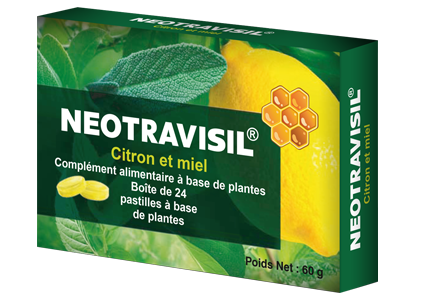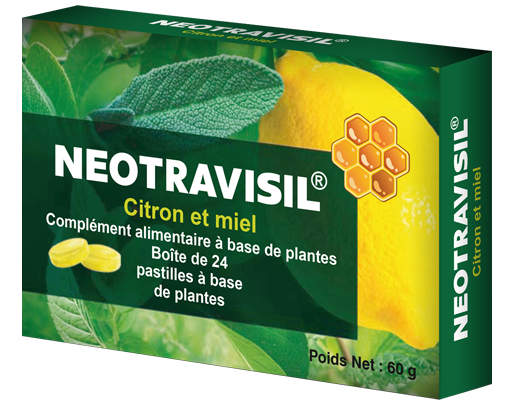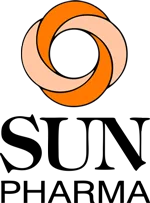Cough physiology
A cough is a complex reflex act, which, in fact, consists in a strong and sharp exhalation in order to evacuate excess mucus and substances or foreign bodies that are dangerous to the body from the respiratory tract. The cough reflex occurs as a result of irritation of sensitive nerve endings (receptors) in the mucous membrane of the pharynx, larynx, trachea, bronchi, as well as in the pleura (the membrane that covers the lungs). However, there are no cough receptors in the lungs themselves, and when the lungs are irritated, coughing does not occur can.

Among the cough receptors there are "fast" ones - they react to mechanical, thermal, chemical influences, and "slow" ones - they are also sensitive to chemicals that are formed during inflammation. Receptors transmit signals - nerve impulses - to the brain, and more specifically to one of its sections - the medulla oblongata, which regulates vital physiological processes in our body, including breathing. In the medulla oblongata there is a special nerve center responsible for the regulation of cough - the "cough center".
It receives all the information from receptors located in the airways and even outside them, processes it and, if necessary, sends signals along the nerve fibers in the opposite direction - to the respiratory muscles, the diaphragm, the muscles of the larynx. In response to a signal from the medulla oblongata, muscle contraction occurs, which leads to the closure of the glottis, followed by its opening and expulsion at high air speed, which is called a cough.
In addition to the "traditional" cough, there is a cough of central origin (including cough as a manifestation of neurosis, or neurotic cough) and a reflex cough, which is caused by irritation of "third-party" receptors - the external auditory canal, pericardial sac, diaphragm, esophagus, paranasal sinuses and pharynx, etc.
Cough is not a disease, but only a symptom of it.
Since a cough in itself is not a disease, but only a symptom of it, its cause should first be identified. When establishing the cause of a cough, first of all, treatment of the underlying disease should be carried out, and secondly, if necessary, symptomatic treatment of cough. So, if it is a cough on a nervous basis, then the patient will need treatment from a psychotherapist, in case of a cough caused by gastroesophageal reflux, a gastroenterologist's consultation is necessary, etc. A detailed description of the cough (frequency, intensity, timbre, frequency, soreness, productivity, nature of sputum, time of appearance, duration, etc.), clarification of the medical history, information about the patient's living conditions and past illnesses will help to make the correct diagnosis and prescribe adequate therapy.
The most common cause of coughing in adults and children is upper or lower respiratory tract infections. In this case, the cough is a physiological response to inflammation, and the elimination or weakening of the cough is necessary only in the case of a dry debilitating cough, when it disrupts the patient's well-being and condition. If the cough is moist and productive, then it is impossible to suppress it with the help of drugs, since in this case it performs the vital function of clearing the airways, and the main task of treatment is to make the cough really useful: to make the phlegm less viscous, more liquid and facilitate its separation from mucous membranes, and then reduce its amount. Medicines prescribed for a wet cough are, in fact, not medicines for coughs, but for “correct cough”.
Approach to cough treatment
For the correct choice of treatment for a cough, you need to see a doctor who can:
- Assess the nature of the cough (productivity, intensity, degree of influence on the patient's condition);
- Determine the cause of the cough and the nature of the sputum (mucous or purulent, the degree of its viscosity, "mobility", quantity, etc.);
- Identify the presence or absence of bronchospasm; if present, the doctor will supplement the treatment with bronchodilators.
Dry cough treatment
The most effective in the treatment of dry cough are centrally acting drugs. They suppress the activity of the cough center of the medulla oblongata and the associated nerve centers of the spinal cord, without affecting the work of the ciliated epithelium (a thin layer of cells lining the inner surface of the respiratory tract and covered with microscopic villi, the coordinated movement of which directs mucus from the bottom up) and the viscosity of sputum.

The use of these drugs is justified in the case when the cough disrupts the health and condition of the patient (causes vomiting, asthma attacks, fluctuations in blood pressure, mucosal injury, interferes with sleep, etc.). Centrally acting antitussive drugs are divided into narcotic and non-narcotic. Most narcotic drugs contain codeine, a substance from the opiate group that has quite a few side effects and is addictive. Centrally acting non-narcotic antitussives also act directly on the cough center of the brain, but lack the deficiencies of codeine.
Wet cough treatment
A wet cough with respiratory infections is most often caused by an increased viscosity of bronchial mucus, poor sputum movement along the bronchial tree, and insufficient activity of the ciliated epithelium of the bronchi. Therefore, the main goal of therapy is to dilute sputum, reduce its "adhesiveness" (adhesion to the walls of the respiratory tract) and, thereby, increase the effectiveness of the cough.
Drugs prescribed for a wet cough create optimal conditions for excretion of phlegm and are collectively called "expectorant" or "mucolytic". These medicines contain physiologically active substances with a wide spectrum of action, and in accordance with the effect they can be divided into the following groups:
- Mucolytics - affect the physical and chemical properties of sputum, make it less viscous, more liquid, while insignificantly increasing the amount;
- Mucohydrotants - increase the water content in bronchial mucus and sputum, greatly facilitates its excretion when coughing (concentrated saline solutions, sodium and potassium salts);
- Mucoregulators - regulate the production of bronchial mucus by the glands and normalize its biochemical composition;
- Surface-active diluents - make the upper layer of bronchial mucus more fluid, this weakens the "sticking" of sputum to the inner walls of the respiratory tract;
- Actually expectorant drugs - enhance the movement of the ciliated epithelium on the inner surface of the respiratory tract and the peristaltic movements of the bronchioles. This promotes the movement of sputum from the lower respiratory tract to the upper respiratory tract and makes it easier to expectorate.
When treating a wet cough, the patient should, in addition to the physiological norm, drink 15-20% of liquid.
When treating a wet cough, the patient must, in addition to the physiological norm, drink 15–20% of the liquid; in addition, you should not take drugs that dehydrate the body (for example, diuretics, laxatives, etc.); also contraindicated drugs that inhibit the cough reflex and accumulate bronchial secretions in the airways, and drugs (first generation H1 blockers), which thicken sputum.
In the complex therapy of cough, in some cases, bronchodilators are used. They relieve bronchospasm (narrowing of the bronchi), which can be detected by a doctor for lower respiratory tract infections and are used only in cases where bronchospasm is present.

In the treatment of cough, drugs with local enveloping, anti-inflammatory and, therefore, antitussive properties are also actively used. As a rule, such preparations are of herbal origin. The mechanism of their action is based on inhibition of the cough reflex by reducing the sensitivity of the receptors in the respiratory tract. Such enveloping agents are indicated for coughing due to irritation of the mucous membrane of the upper respiratory tract.
Currently, combined preparations containing 2 or more components with different mechanisms of action (central, antihistamine, mucolytic) are widely used. In most cases of cough therapy in ARI, the use of combined herbal preparations (phytopreparations) is justified. They contain biologically active substances that are naturally included in the metabolic processes of the body. As a rule, these drugs are well tolerated and have a beneficial effect on several components of the pathological process simultaneously.
The new combined herbal remedy Neotravisil contains an innovative combination of 4 herbal extracts: licorice, eucalyptus, camphor cinnamon, mint, and orange fruit extract. This composition helps fight any type of cough, dry or wet.
References:
1. Radzig E. Yu. Cough is a protective mechanism and symptom of respiratory tract infections. Pediatrics, 88, No. 5, pp. 112-116, 2009.
2. Volkov A. V. Cough. Antitussive drugs. Russian medical journal, No. 5, p. 368, 2009.
3. Chikina S. Yu. Cough: basic principles of diagnosis and treatment. General Medicine, No. 3, pp. 30-34, 2010.
4. Under. Ed. Petrovsky B.V. Great medical encyclopedia. http: //bme.org. Access 06.12.2018
5. Borodulin V.I., Topolyansky A.I. Handbook of a practical doctor in 2 volumes. M .: Onyx: Peace and Education, 2007.
6. V. V. Tatochenko. Differential diagnosis of cough in children and its treatment. Attending physician, # 03/08, 2008.






